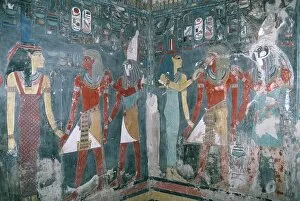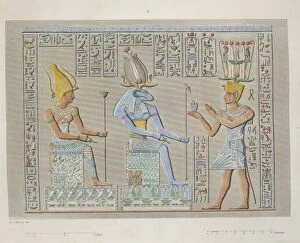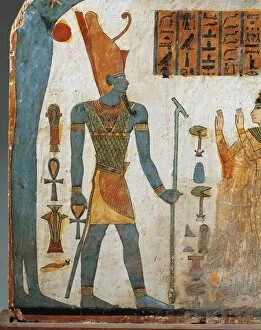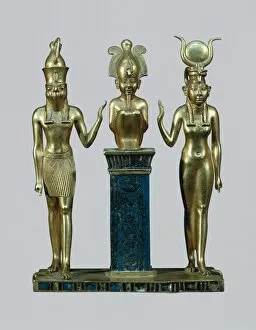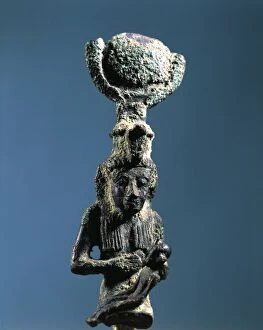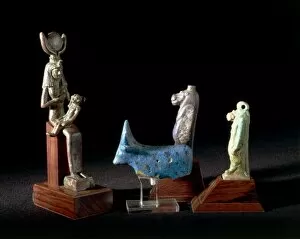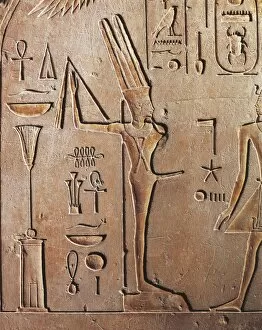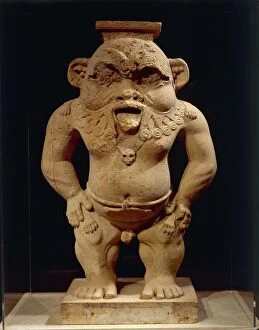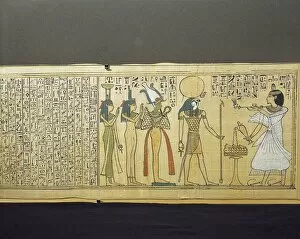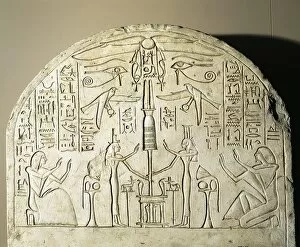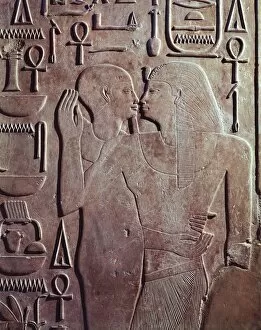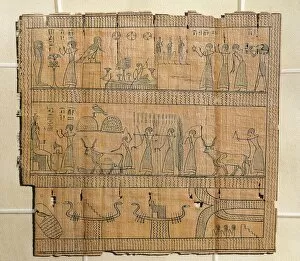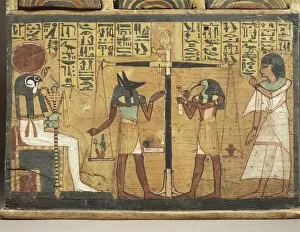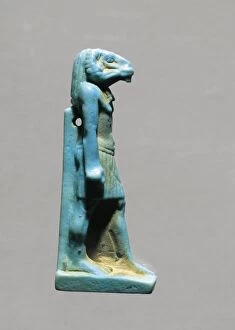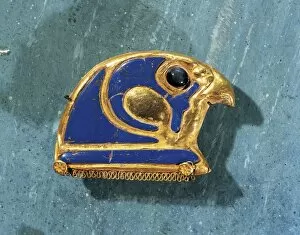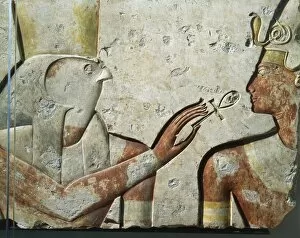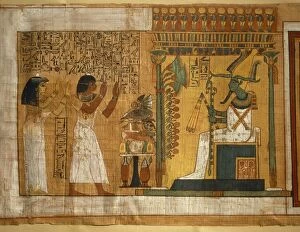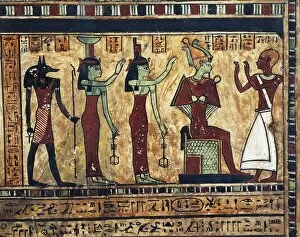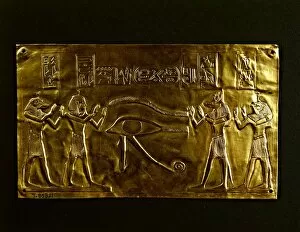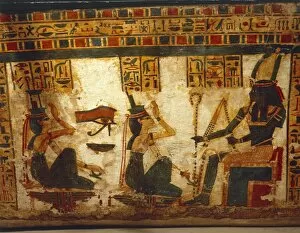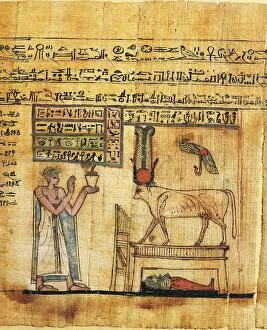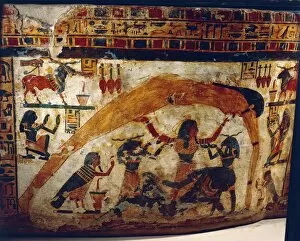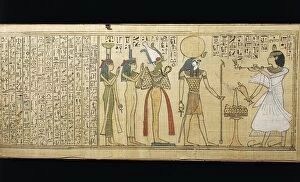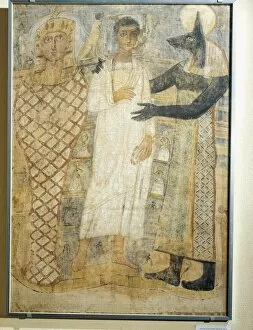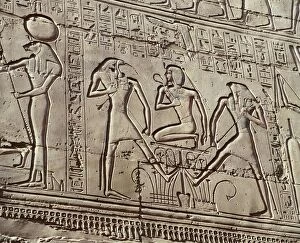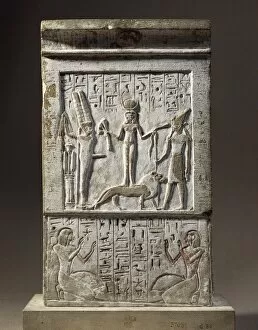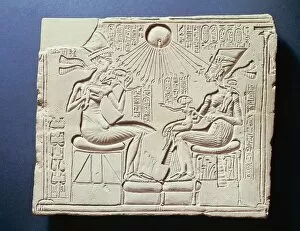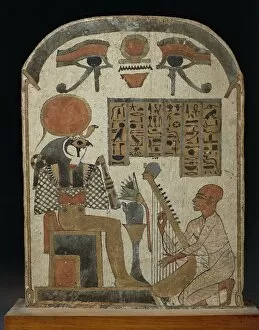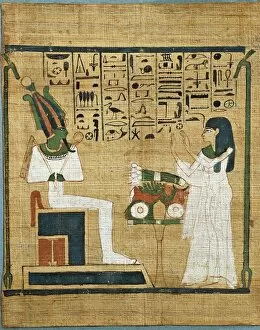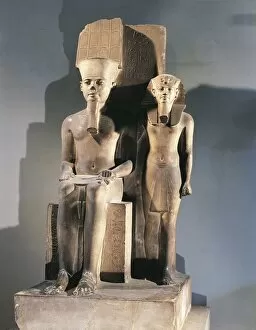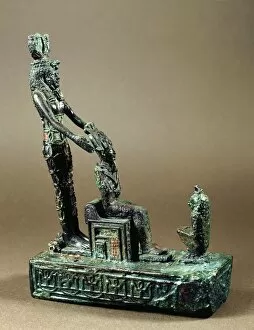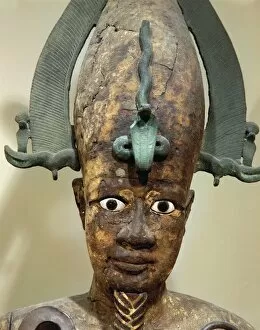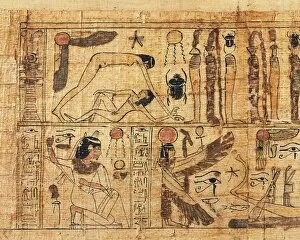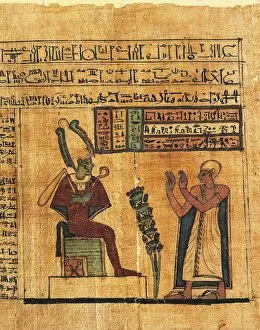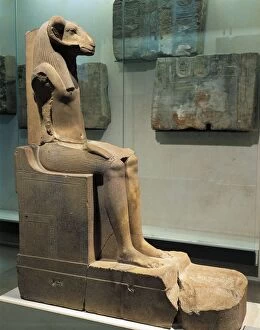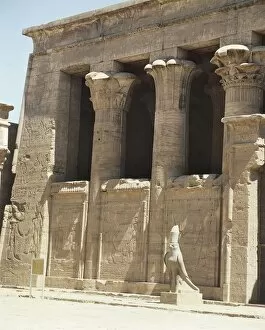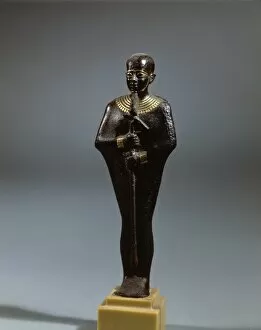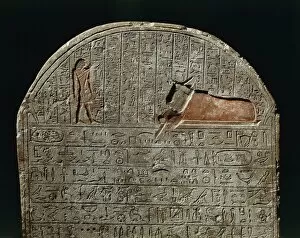Egyptian God Collection (page 3)
"Unveiling the Mysteries: Exploring the Enigmatic Egyptian Gods" Step into the ancient world of Egypt, where gods and goddesses reigned supreme
For sale as Licensed Images
Choose your image, Select your licence and Download the media
"Unveiling the Mysteries: Exploring the Enigmatic Egyptian Gods" Step into the ancient world of Egypt, where gods and goddesses reigned supreme. Among them, one stands out in particular - Osiris, the mighty Egyptian God who ruled over the afterlife. With his regal presence and symbolic green skin, Osiris was worshipped as a symbol of resurrection and eternal life. But Osiris was not alone in this divine pantheon. The Egyptians believed in a multitude of gods, each with their own unique powers and responsibilities. Sobek, for instance, was revered as the fearsome crocodile-headed deity associated with fertility and protection from evil forces. Intriguingly preserved on papyrus scrolls from "The Book of The Dead, " we find depictions of Anubis during psychostasy -the weighing of souls to determine their fate in the afterlife. This jackal-headed god played a crucial role as both guide and judge for departed souls seeking passage into eternity. Another captivating image emerges from the Heruben papyrus -a divinity sailing on Seth's solar boat. This representation showcases Seth's association with chaos while highlighting his connection to celestial realms. Anubis takes center stage once again alongside Thoth in an awe-inspiring scene captured on ancient walls. These two deities were often depicted together due to their roles as guardians of mummification rituals and protectors against evil spirits. Bastet, known for her feline form representing grace and ferocity alike, shares an intriguing bond with Amen Ra -the sun god himself; they embody power intertwined with elegance within Egyptian mythology. Delving deeper into Egypt's rich tapestry of beliefs brings us to Karnak's hallowed halls where sacred ibises were fed by devoted priests under Edward John Poynter's watchful eye. Such scenes offer glimpses into daily religious practices that honored these revered creatures.



